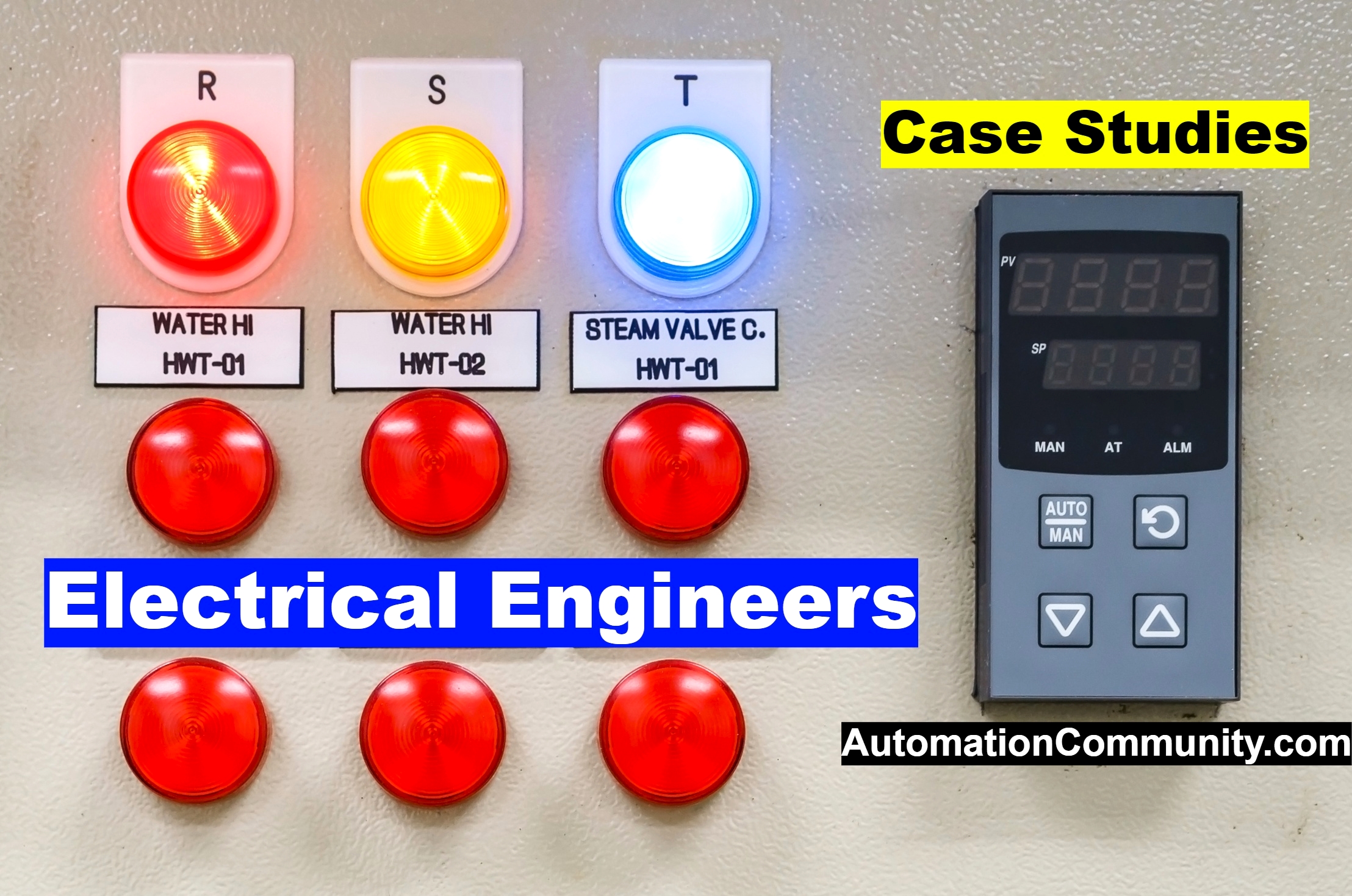Electrical Engineers Case Studies – Problems & Solutions
In this article, you will learn about the electrical engineers’ and technicians’ case studies, common problems and their solutions.
Case Study 1 – Surge Protection Failure
Problem: A technology company is experiencing frequent damage to their electronic equipment. The equipment is being damaged by voltage surges on the power grid, resulting in costly repairs and lost productivity.
Solution: The electrical engineer identified that the surge protection devices in place were not sufficient to protect the equipment.
The engineer designed and implemented a new surge protection system that included a combination of surge arresters, surge suppressors, and voltage regulators to effectively protect the equipment from voltage surges.
The engineer also provided training to the maintenance team on how to properly maintain the new surge protection system.
Case Study 2 – Arc Flash Hazard
Problem: A manufacturing plant is experiencing an increased number of electrical accidents, including arc flash incidents. The accidents are causing injuries to employees and costly equipment damage.
Solution: The electrical engineer conducted a thorough assessment of the electrical system to identify potential arc flash hazards.
The engineer then implemented a program to mitigate the hazards, including the installation of arc flash protection devices, the implementation of safe work procedures, and employee training on electrical safety.
The engineer also set up a regular maintenance schedule for the electrical equipment to minimize the risk of arc flash incidents.
Case Study 3 – Energy Efficiency Retrofit
Problem: A commercial building is experiencing high energy costs, due to outdated and inefficient electrical systems.
Solution: The electrical engineer conducted an energy audit of the building to identify opportunities for energy efficiency improvements.
The engineer then designed and implemented an energy efficiency retrofit, including the installation of energy-efficient lighting, HVAC controls, and power monitoring systems.
Case Study 4 – Backup Power System Upgrade
Problem: A hospital is experiencing frequent power outages, and the existing backup power system is not providing reliable power during outages.
Solution: The electrical engineer conducted a review of the existing backup power system and identified that it was outdated and not sufficient to meet the hospital’s power needs.
The engineer designed and implemented an upgrade to the backup power system, including the installation of new generators, transfer switches, and uninterruptible power supplies. The engineer also provided training to the maintenance team on how to properly maintain the new backup power system.
Case Study 5 – Motor Control Center Upgrade

Problem: A factory is experiencing frequent equipment breakdowns, due to outdated and unreliable motor control centers.
Solution: The electrical engineer conducted a review of the existing motor control centers and identified that they were outdated and not reliable.
The engineer designed and implemented an upgrade to the motor control centers, including the installation of new motor control devices, variable frequency drives, and control systems. The engineer also provided training to the maintenance team on how to properly maintain the new motor control centers.
Case Study 6 – Smart Grid Implementation
Problem: A utility company wants to improve the efficiency and reliability of their power grid, by implementing a smart grid system.
Solution: The electrical engineer designed and implemented a smart grid system, including the installation of smart meters, advanced metering infrastructure, and a communication network. The engineer also provided training to the utility’s staff on how to use the new system and worked with the utility’s customers to educate them on how to use the new system to optimize their energy usage.
These unique case studies show how electrical engineers can use their skills and knowledge to design, implement, and maintain advanced electrical systems that improve efficiency, reliability, and safety.
Read Next:












